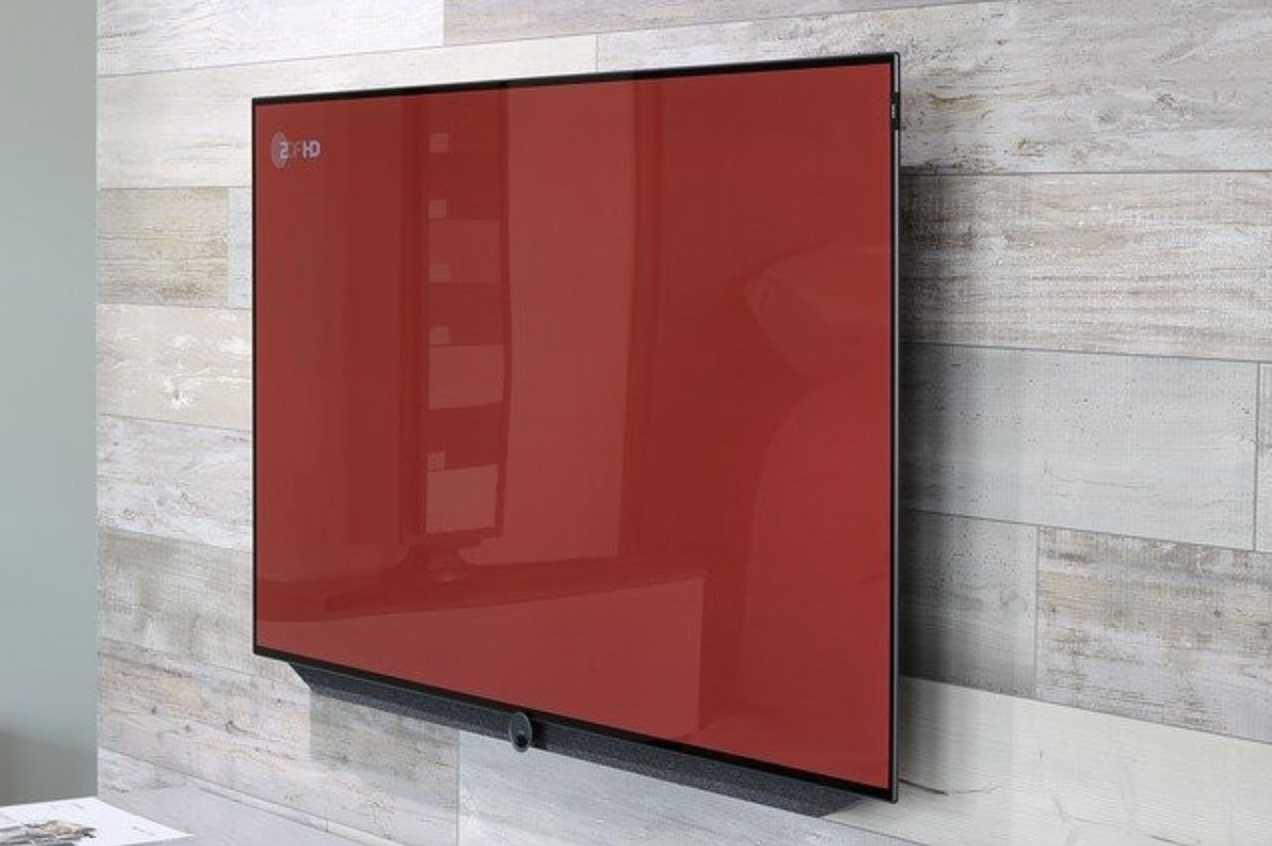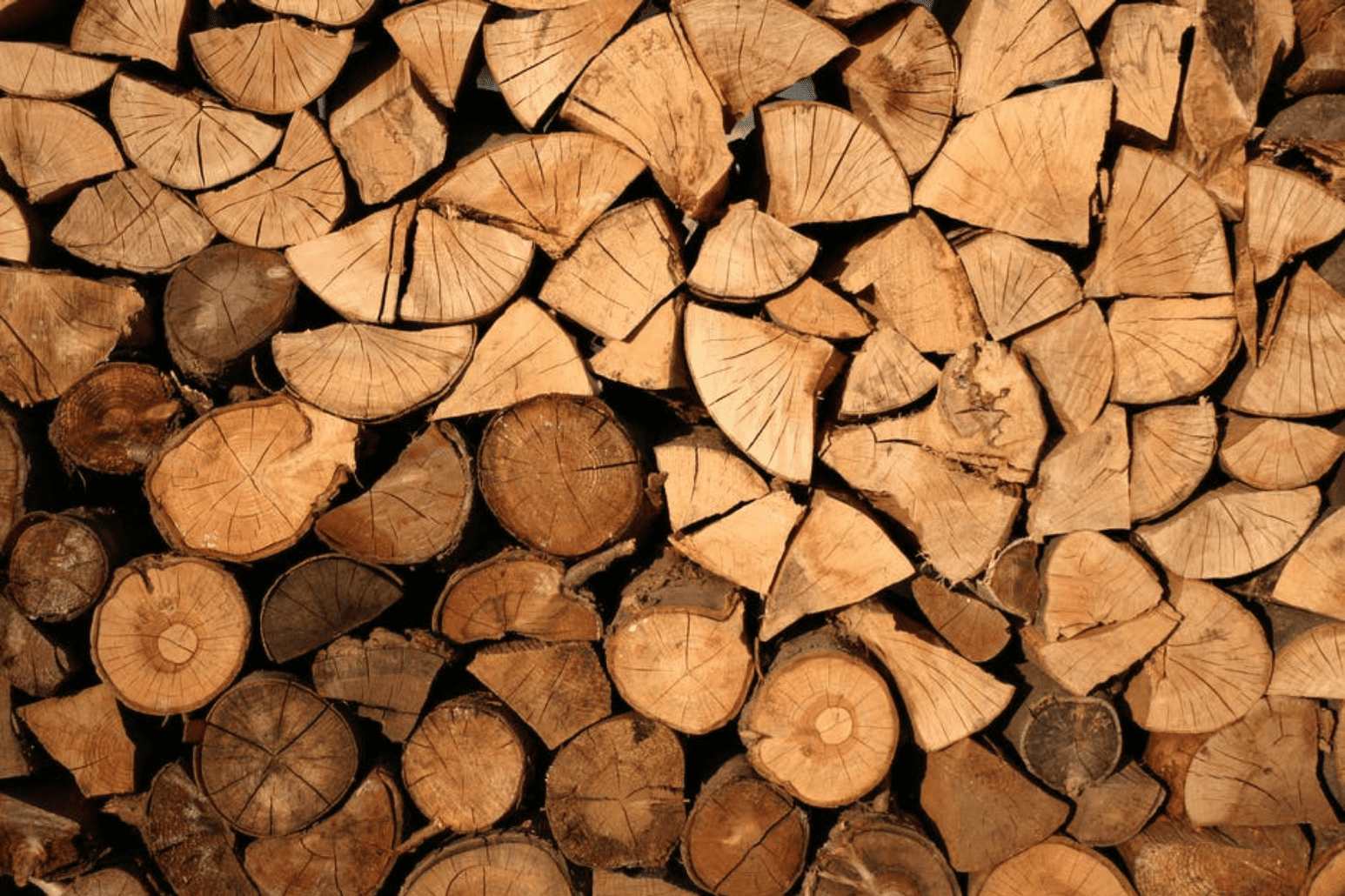Having a TV above the fireplace is both practical and stylish. But before you mount a TV above the fireplace, you will have to consider specific safety rules. Depending on the fireplace type, heat could harm your new, and probably expensive, TV.
How to mount your TV will depend mainly on the type of wall you have. The two primary protections from heat are a mantel and a TV niche. There are three types of mounts you can choose from: fixed, tilting, and full motion. Which type is the best for you depends on the desired setup, including viewing position and the overall look you want.
We have to make this decision before we move to our new house in Lewes, Delaware. I wanted to know the pros and cons of going through this type of installation. I researched the topic and talked to the contractor who has been helping us with various projects. The following paragraphs show all I have learned about this topic.
Heat Protection
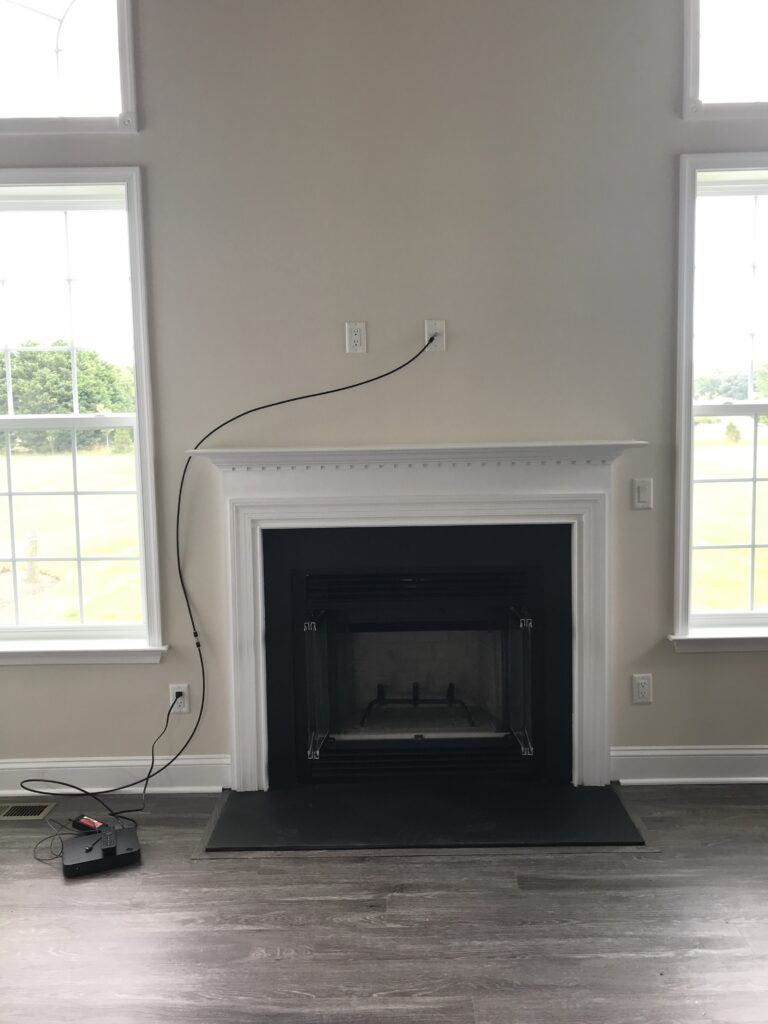
Some experts say that having a TV above the fireplace is just not worth the hassle. Television show host Bob Vila argues that to mount a TV above a fireplace is a mistake because excess heat and electronics don’t mix. I would ask Bob Vila if it is a mistake to mount a TV above your fireplace, why do home builders often install electrical and cable outlets over the fireplace’s mantle? That’s what my builder did, as you can see from the picture to the right. Shouldn’t it be some building code against that if it is so dangerous?
I think the answer is that there are wrong and right ways to install the TV. Once you figure out the right way to do it, there is no doubt that an above the fireplace installation saves space and looks very pleasant.
So, there are advantages and disadvantages to this setup, but if you have already decided to do it like me, make sure to follow the following safety tips.
A classic fireplace can generate a lot of heat and small impurities and particles that can accidentally end up on your screen. Gas or electric fireplaces are a bit better, and easier, for pairing with a TV. By checking the TV manual, you will see what the given TV model’s adequate operating temperatures are. In general, temperatures below 100 F are considered safe.
The first step you must do is to redirect the heat away from the TV. You can achieve this in various ways, but the most commonly used are installing a mantel or building a TV niche above the fire place. Also, you must have enough clearance between the TV and the heat source.
Mantel
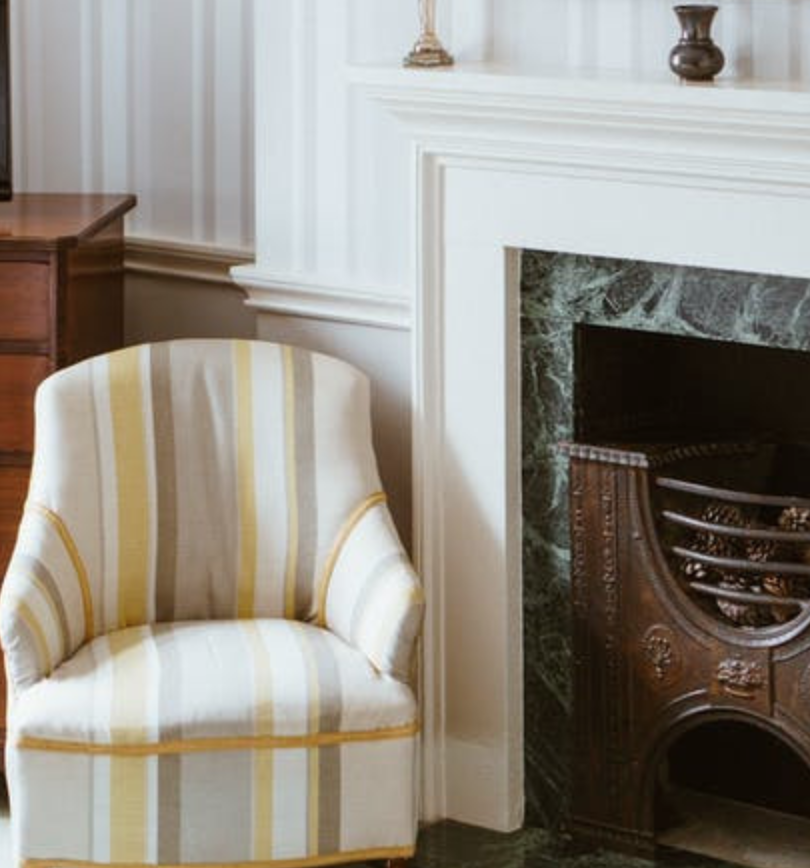
Installing a mantel is the easiest way to protect your TV from excess heat. If you look at the TV and the fireplace, they are on the same plane and the mantel functions as a barrier. As the hot air rises, the mantel will redirect it in front, and on both sides. By installing a mantel, your TV will not be directly affected by the hot air stream.
Before installing it, you must obtain three main measurements. First, check the TV manual to see the minimum clearance between the TV bottom and the mantel. Second, check which materials are suitable for the mantel and how high above the fireplace it should be. Third, for the mantel to be effective, it must be wider than the TV.
TV Niche
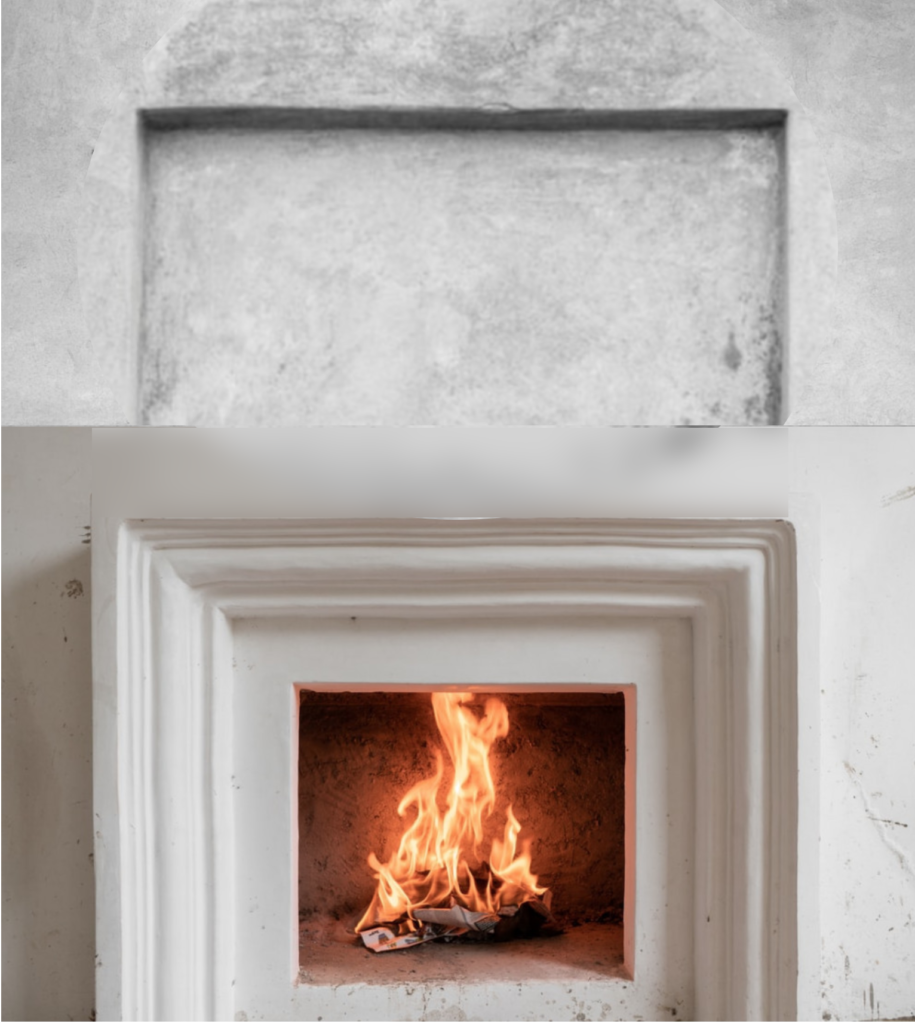
A TV niche is a recessed section above your fireplace intended for TV installation. You may have also heard the words alcove and nook to refer to this recessed space. By placing a TV inside a niche, it will be protected from the rising heat. The surrounding wall and a fireplace are on the same plane, and the niche is behind the hot air stream rising above the fireplace.
This option can look beautiful when done correctly, but it is harder to build. When doing it, keep in mind that the niche has to be larger than the TV. Check the TV manual to see the minimum clearance from all four sides and construct the alcove accordingly.
If you have a mantle and a niche, your TV will be double protected. Before you do that, make sure the final look is what you expected. You want protection but not at the expense of terrible aesthetics.
Wall Type
The two most common wall types above fireplaces are drywall and brick wall. Both are suitable for TV mounting, but they required different installations. And of course, it is not just a TV that is going to be installed; there is also wiring. Having wires inside the wall is beneficial for both immediate heath protection and appearance. Nobody wants those ugly wires sticking out behind a beautiful installation.
Drywall
Some houses have drywall over the classic wood studs. Those are quite larger than the furring strips, which are another possibility. Because of their width, wood studs are a better option for hiding the cables inside the wall. Locating studs is important for mount picking, as sometimes you will have to make a lateral shift to center the TV.
If your wall has furring stripes, cables will probably be left outside. In that case, you can enclose them in some kind of cable guides, for both protection and looks.
Brick Wall
If you have a brick wall, you can mount the TV by drilling straight into the bricks. The problem is that sometimes, especially in older homes, brick quality is questionable. If you decide to go with this option, assess the quality of the bricks, and when drilling, make sure you are drilling the brick itself and not the connecting matter between them.
An improperly installed TV mount could result in a broken TV, and someone hurt.
Ceiling Mount
If your wall has any problem that affects installation, there is another option: a ceiling mount. TV mounts can be attached to the ceiling and hold your TV from above. This option will still look good, and it is a cheap way of overcoming any issues, without installing additional support or any other complicated procedure.
Mount Type
There are three different mounts available on the market. Depending on the kind of TV, room size and the location from where you are going to watch, you have the following options.
Fixed Mount
Fixed TV mounts are the cheapest and the most straightforward options. Small width enables the TV to be positioned very close to the wall. They can’t move, and you can’t adjust the TV angle. They are suitable for situations where the TV is going to be mounted at eye-level, precisely in front of the sofa, or a location from which you are observing.
Tilting Mount
The tilting option is best when the TV is going to be in front of you, but too high for comfortable viewing. Those mounts are slightly larger than the fixed ones, but your TV will still look flushed with the wall.
Depending on the model, those mounts can be almost as inconspicuous as the fixed ones. By tilting the TV, you will adjust the angle to be optimal, and there will be no glare.
Full Motion Mount
Full motion TV mounts are the most expensive and can be quite large. They are great for rooms where you want to have the ability to watch your TV from different angles. Moving it up, down, left, right, or tilting, it is easy and quick.
Keep in mind that those will be quite noticeable, although they can look very elegant if you choose the right design.
Understanding Types of TV Wall Mount Brackets–Video
It is hard to choose the mount bracket that is right for you without seeing it. The video below shows the three mounts’ main functions and what they look like. This helped me choose the right mount for me. I hope it is also useful for you.
Questions and Concerns
Because some experts don’t think you should install a TV above your fireplace, you are likely to have additional questions and concerns. These are common questions people have.
Will ash and smoke affect my TV?
I had this question since we have a wood fireplace. If you have a classic fireplace where you burn wood, make sure you clean the TV more often. Ash, smoke, and even invisible particles could accumulate on sensitive components or enter the openings, like USB sockets and similar, that are not in use. Cleaning the TV regularly will prevent this.
And while you are at it, don’t forget you need to clean your wood-burning chimney at least once a year.
If I fully extend my full-motion mount, will my TV be exposed to the heat?
Honestly, it will. Modern full-motion mounts have a wide range of motion. If fully extended, or even lowered, your TV will be exposed to substantial heat. It would be best not to use the fireplace in those moments. When the fireplace is on, the tv shouldn’t be positioned in a way that the mantel does not offer protection.
Will the warranty cover any heat damage?
Heat damage occurs if you are not careful when installing the TV. Read the manual and measure the temperature above the fireplace, after you install the heat protection. If you expose the TV to temperatures higher than stated in the manual, the warranty will more than likely not cover the damage.
I have heard that some people suffer from neck pain when watching a TV mounted over a fireplace. Is that true?
This may happen if your TV is mounted too high. To avoid it, install it on a proper mount. Having a tilting or full-motion TV mount enables the TV to be positioned appropriately.
I have heard that some mounts affect the picture quality, is that true?
The picture quality will be the same. However, the viewing angle may be bad, and it may seem that the TV is pale or has a glare. To avoid that, choose a proper mount and adjust the angle.
Can I use the fireplace and watch the TV at the same time?
Of course, that is the main point of mounting the TV above the fireplace. Enjoying the family together around a cozy fire and watching TV. Keep in mind that when the fireplace is on, you need to think of protecting the TV regardless of whether it is on or off.
Closing Words
Don’t let the naysayers rob you of enjoying a beautiful mounted TV above your fireplace. But get help if you need it to make sure you can safely install your TV. Also, understand what you can and can’t do with this type of setups before and after installation.
We Finally Mounted Our TV Above the Fireplace
You may want to read about the challenge I had to transport my 65 inch TV.
Our contractor had a little hard time to hide the cables inside the wall, behind the TV, but they did it. We chose a tilting mount since we are going to be sitting lower than the TV. I think it looks excellent and I hope that we don’t have any problems –cross my fingers!
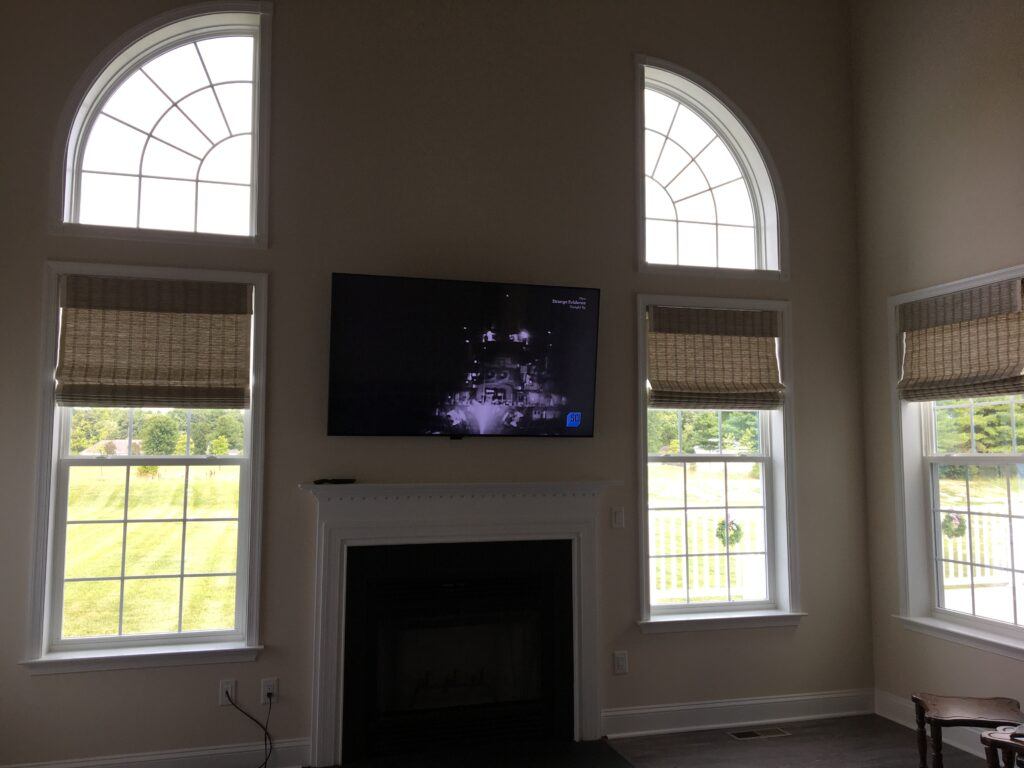
Related Posts:

